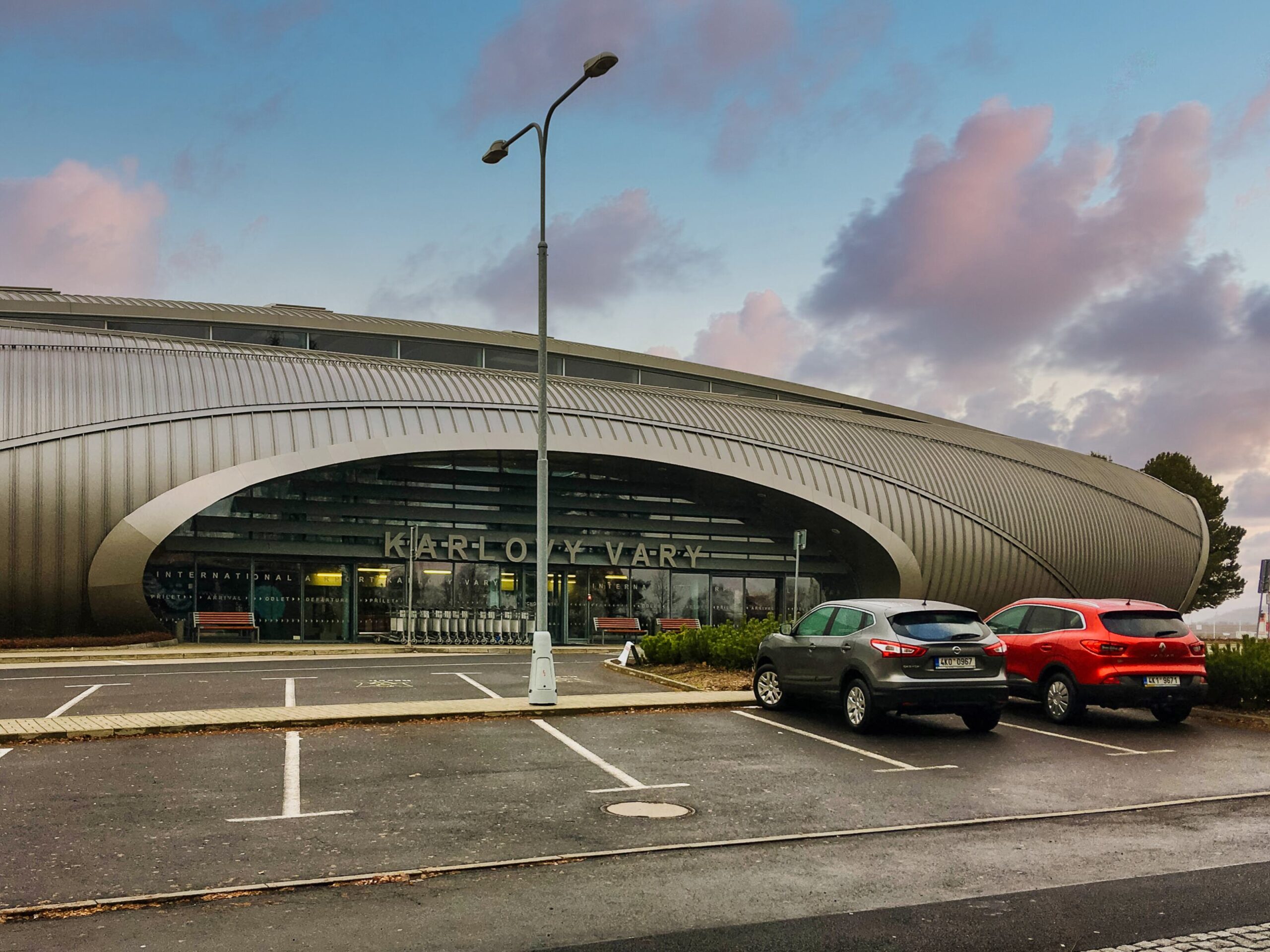
While in Czechia there are 12 international and 57 domestic public airports, these facilities are relatively small. In contrast, research and industry statistics indicate that Prague Airport handles roughly 90–95% of the nation’s international traffic. In other words, nearly all international flights arrive at Prague Airport (PRG), making it the primary hub for both passenger and cargo flights in the country.
KARLOVY VARY AIRPORT
-
Description: A modest regional airport located near the renowned spa town of Karlovy Vary. Its facilities cater primarily to low-volume traffic and seasonal operations.
-
Air Traffic Routes: Mainly supports domestic connections and a handful of seasonal charter flights to nearby European tourist destinations.
OSTRAVA AIRPORT
-
Description: Also known as Leoš Janáček Airport Ostrava, this airport serves the industrial and cultural hub of Ostrava. Despite its modern facilities, it handles relatively low traffic compared to major international airports.
-
Air Traffic Routes: Operates mostly domestic and short-haul international routes, linking the Moravian region with select European hubs and seasonal leisure destinations.
BRNO AIRPORT
-
Description: Serving the city of Brno—the Czech Republic’s second-largest city—this airport is compact and efficient, designed for low-traffic operations.
-
Air Traffic Routes: Focuses on domestic flights and a few low-frequency European routes, often catering to both business travelers and tourists during peak seasons.
ČESKÉ BUDĚJOVICE AIRPORT
-
Description: Located near the historic city of České Budějovice in southern Bohemia, this regional airport meets local travel needs with its basic infrastructure.
-
Air Traffic Routes: Primarily handles domestic flights along with occasional seasonal charter services connecting the region with popular European holiday spots.
PARDUBICE AIRPORT
-
Description: A small regional facility near Pardubice, known for its straightforward operations and low flight volumes.
-
Air Traffic Routes: Mainly serves domestic routes and a limited number of international charter flights, particularly during the summer months when leisure travel peaks.
Each of these airports is geared toward supporting regional mobility, with public airlines operating only a few low-traffic routes that mostly emphasize domestic connectivity and seasonal charter services to popular European destinations.
